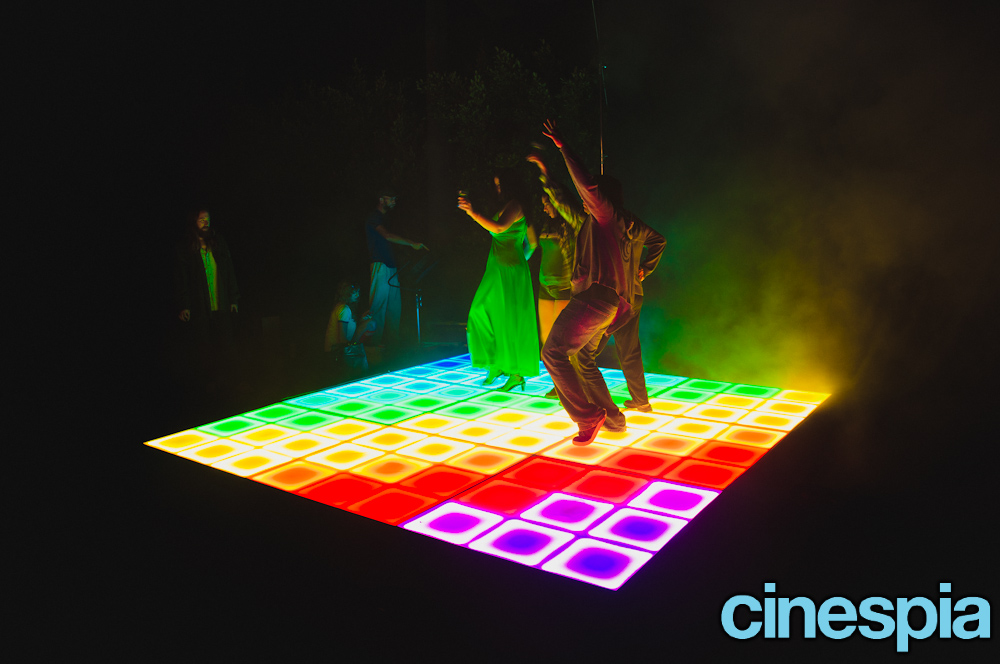One of the most common substances used in contemporary dance floors is light-emitting diode illumination. Light-emitting diode lamps are energy-efficient and can generate a broad range of hues and effects. They can be integrated in the floor directly or used as part of a illumination system above the dance floor. This technology allows for synchronized light shows that can change in response to the music, creating an immersive encounter. The capability to configure these lights means that they can be tailored to fit different themes or atmospheres, making each occasion distinct.

Another crucial material is mirror-like materials, such as mirrors or polished tiles. These surfaces can create an illusion of space and depth, making the dance floor seem larger than it actually is. When dancers move, their reflections can add an extra layer of visual interest, enhancing the complete show. Additionally, reflective materials can interact with lighting effects, amplifying the hues and designs displayed on the floor. This combination of illumination and mirroring can enthrall spectators and elevate the vitality of the occasion.
In furthermore to illumination and reflective substances, the use of digital screens has grown increasingly common in dance floor creation. These screens can display vibrant visuals, graphics, or even live feeds of the performance. By integrating electronic innovation, event organizers can create a comprehensive encounter that engages both the dancers and the spectators. The ability to change images in real-time allows for a fluid atmosphere that can adjust to the beat and energy of the melodies, making each instance feel new and thrilling.
Furthermore, the choice of surface material itself plays a crucial role in the overall experience. Classic wooden dance floors are still preferred for their strength and functional qualities. However, more modern materials like vinyl and elastic are becoming popularity due to their flexibility and simplicity of care. These substances can provide superior shock absorption, reducing the chance of injury for performers. Additionally, they can be designed with multiple textures dance floor wraps for quinceaneras and hues, allowing for artistic expression in the dance floor's look.
In conclusion, the evolution of dance floors into stunning visual experiences relies on a combination of innovative materials and technologies. LED lighting, reflective materials, digital screens, and specialized flooring substances all add to creating an engaging environment for dancers and audiences. As innovation continues to advance, the possibilities for enhancing dance floor design will only grow, making upcoming events even more captivating and memorable. Comprehending these substances helps appreciate the artistry involved in creating spaces where movement and melodies come together harmoniously in unison.